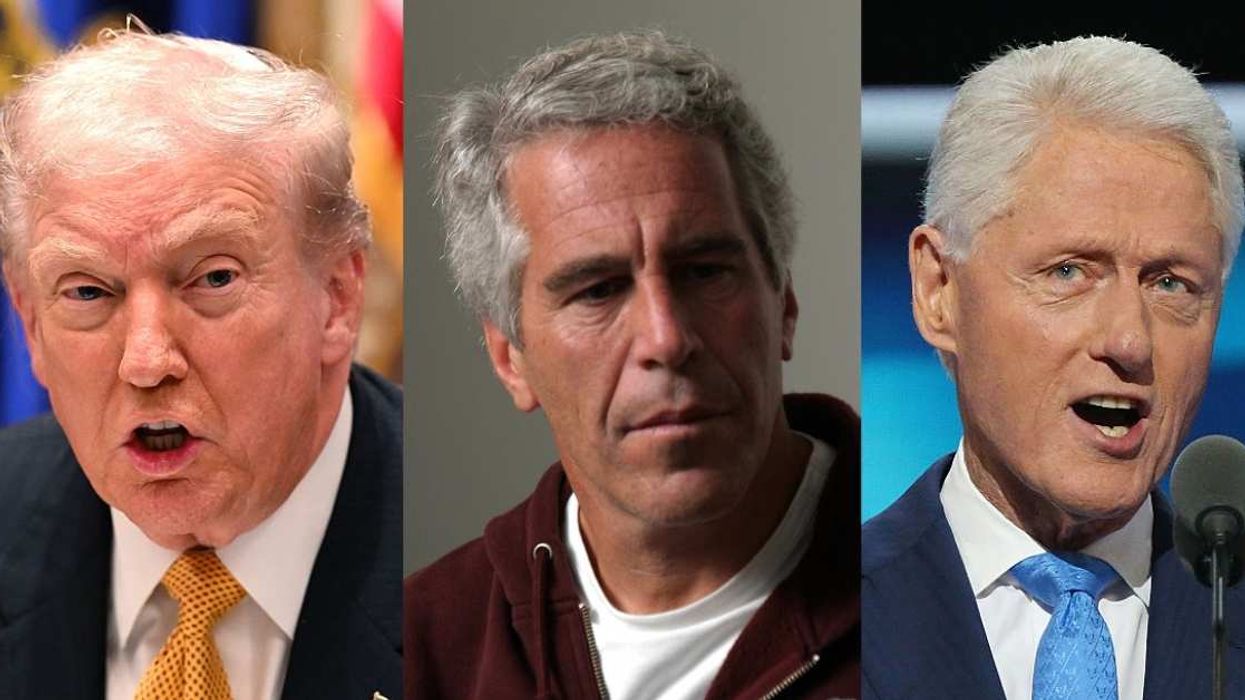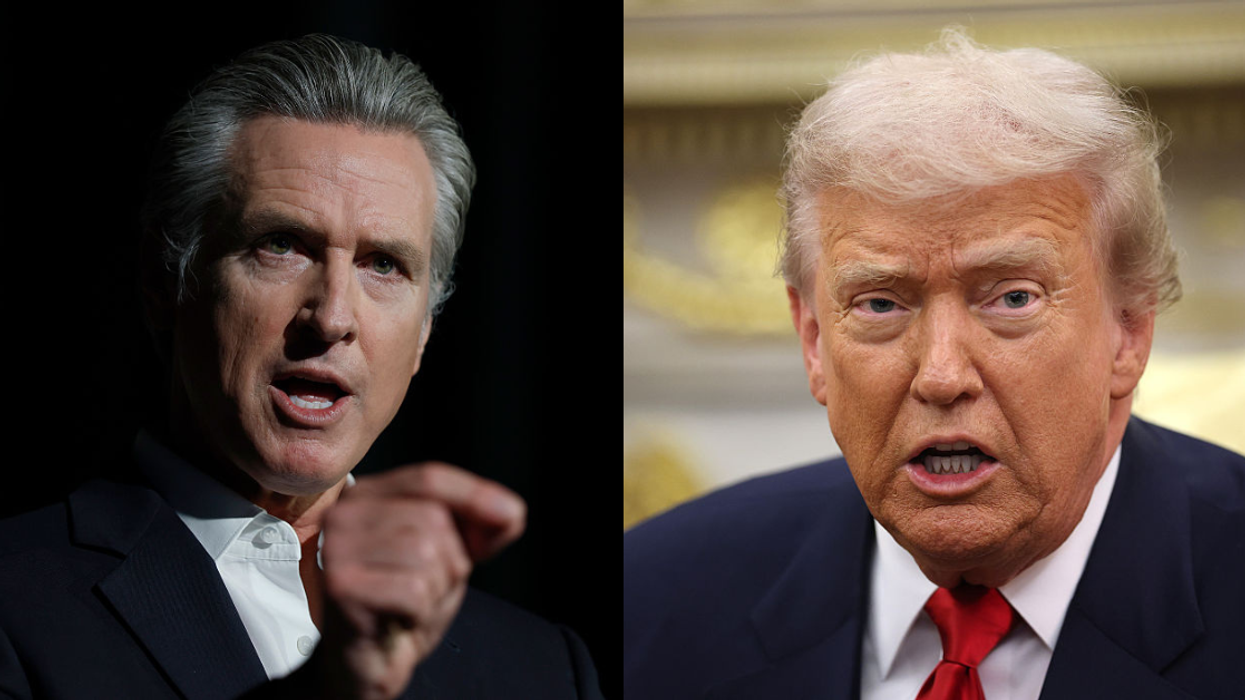Donald Trump will remain president for less than a month, until noon on January 20. That's when President-Elect Joe Biden will take the Presidential Oath and replace Trump, assuming power for at least the next four years.
That leaves Trump with only a few more weeks to exercise the unique powers he possesses as Commander-in-Chief.
Since losing the November 3 election, he's already issued a wave of high-profile pardons, rushed through several executions, and waged war on the U.S. electoral system.
And most recently, Trump even set his cross hairs on the way buildings are made.
In what was titled Executive Order on Promoting Beautiful Federal Civic Architecture Trump ordered all Federal public buildings must be built to look beautiful.
Trump's order to make buildings great again laid out the rules of new construction by hearkening back to the good old days when the Founding Fathers first began to assemble the Federal buildings of the U.S.
"President George Washington and Secretary of State Thomas Jefferson consciously modeled the most important buildings in Washington, D.C., on the classical architecture of ancient Athens and Rome."
Think symmetry, even spacing and big columns.
The White House and the Lincoln Memorial are good examples of this style of architecture.


The order then lamented what happened when those older designs gave way to newer ones.
"In the 1950s, the Federal Government largely replaced traditional designs for new construction with modernist ones."
"The Federal architecture that ensued, overseen by the General Services Administration (GSA), was often unpopular with Americans. The new buildings ranged from the undistinguished to designs even GSA now admits many in the public found unappealing."
"In Washington, D.C., Federal architecture has become a discordant mixture of classical and modernist designs."The order cited the Hubert H. Humphrey Health and Human Services Building and the Robert C. Weaver Department of Housing and Urban Development Building—functional office buildings as opposed to major halls of government like the Supreme Court or Capital or memorials like the one listed prior—as prime examples of these "undistinguished" designs.


So, the order continued, the Trump Administration felt the need to formalize how buildings were allowed to be designed.
"Applicable Federal public buildings should uplift and beautify public spaces, inspire the human spirit, ennoble the United States, and command respect from the general public."
"They should also be visually identifiable as civic buildings and, as appropriate, respect regional architectural heritage. Architecture — with particular regard for traditional and classical architecture — that meets the criteria set forth in this subsection is the preferred architecture for applicable Federal public buildings."
But Trump—who spent his entire career creating buildings as a real-estate mogul or his personal residences with questionable taste levels—left plenty of people confused, frustrated and cackling at the irony behind Trump penning such a declaration.
Others were absolutely appalled Trump chose to prioritize this issue given the current state of the United States.
It's truly impossible to say what we can expect in the next few weeks before Trump leaves office.
His latest action drew ire from the American Institute of Architects (AIA).
The organization issued a stern rebuke against Trump's order and vowed to work with President-elect Biden to reverse it.
They wrote:
"The American Institute of Architects (AIA) unequivocally opposes the executive order, Promoting Beautiful Federal Civic Architecture signed by President Trump."
"The AIA does not, and never will, prioritize any type of architectural design over another. In February, AIA members sent over 11,000 letters to the White House condemning the mandated designation of 'classical' architecture as the preferred style of all federal courthouses, all federal public buildings in the Capital region, and all other federal public buildings whose cost exceeds $50 million."
"The executive order requires extensive justification to use anything other than the preferred design style. While the executive order makes mention of incorporating regional design traditions, in practice it would still cut local voices out of a critical part of the design process."
The AIA added:
"It inappropriately elevates the design tastes of a few federal appointees over the communities in which the buildings will be placed."
"The AIA will continue to support The Design Excellence Program, which maintains a style-neutral approach that focuses on community-centered decision-making, demonstrated architectural skill, and public input. The diversity of American architectural achievement is a national treasure that must be continued."








 @grok/X
@grok/X @grok/X
@grok/X @grok/X
@grok/X






 Lights Alphabet GIF
Lights Alphabet GIF  I See You GIF by Wahala Room
I See You GIF by Wahala Room  George Costanza Fighting GIF
George Costanza Fighting GIF  Sesame Street Dancing GIF
Sesame Street Dancing GIF 

